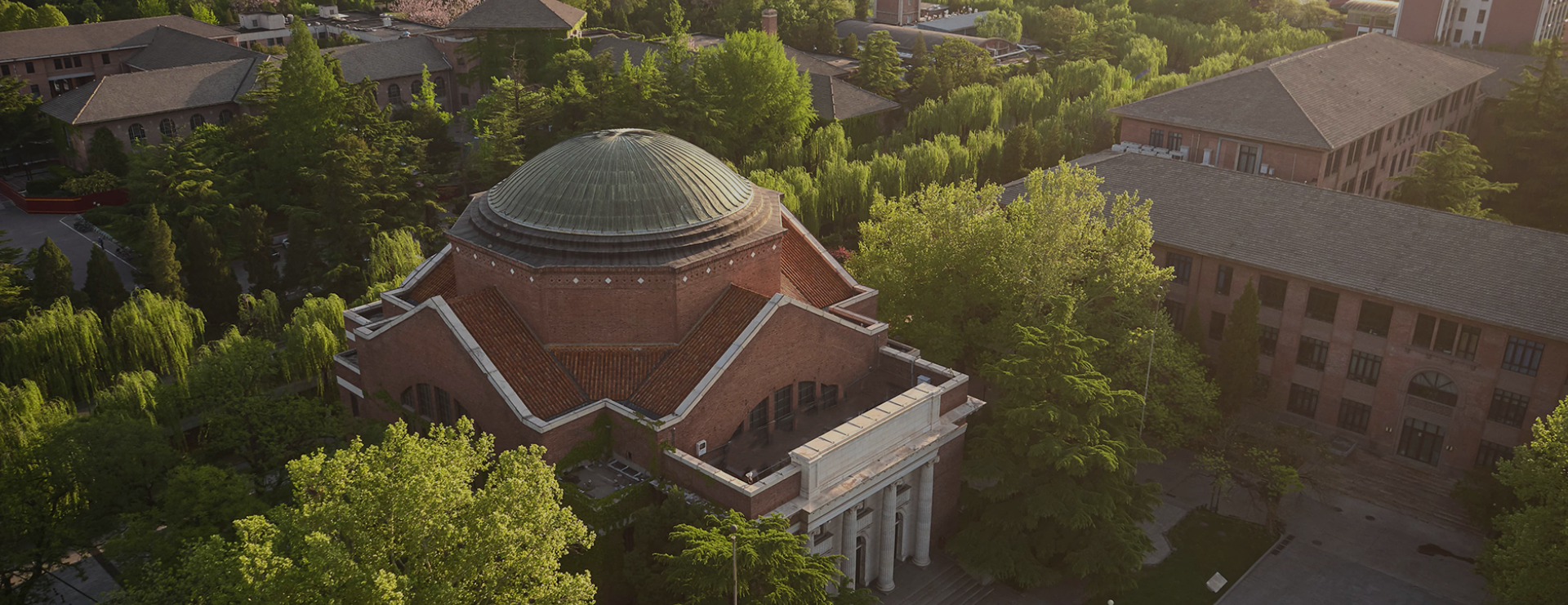It’s one of the oldest problems in the universe: Since matter and antimatter annihilate each other on contact, and both forms of matter existed at the moment of the big bang, why is there a universe made primarily of matter rather than nothing at all? Where did all the antimatter go?
“The fact that our current-day universe is dominated by matter remains among the most perplexing, longstanding mysteries in modern physics,” University of California, Riverside professor of physics and astronomy Yanou Cui said in a statement shared this week. “A subtle imbalance or asymmetry between matter and antimatter in the early universe is required to achieve today’s matter dominance but cannot be realized within the known framework of fundamental physics.”
There are theories that might answer that question, but they are extremely to difficult to test using laboratory experiments. Now, in a new paper published Thursday in the journal Physical Review Letters, Dr Cui and her co-author, Zhong-Zhi Xianyu, assistant professor of physics at Tsinghua University, China, explain they may have found a work around using the afterglow of the big bang itself to run the experiment.
The theory Drs Cui and Zhong-Zh wanted to explore is known as leptogenesis, a process involving particle decay that could have led to the asymmetry between matter and antimatter in the early universe. An asymmetry in certain types of elementary particles in the very earliest moments of the cosmos, in other words, could have grown over time and through further particle interactions into the asymmetry between matter and antimatter that made the universe as we know it — and life — possible.
“Leptogenesis is among the most compelling mechanisms generating the matter-antimatter asymmetry,” Dr Cui said in a statement. “It involves a new fundamental particle, the right-handed neutrino.”
But, Dr Cui added, generating a right-handed neutrino would require vastly more energy than can be generated in particle colliders on Earth.
“Testing leptogenesis is next to impossible because the mass of the right-handed neutrino is typically many orders of magnitudes beyond the reach of the highest energy collider ever built, the Large Hadron Collider,” she said.
Dr Cui’s and her co-authors insight was that scientists may not need to build a more powerful particle collider, because the very conditions they would like to create in such an experiment already existed in some parts of the early universe. The inflationary period, an epoch of exponential expansion of time and space itself that lasted for just fractions of a second after the big bang, ....
“Cosmic inflation provided a highly energetic environment, enabling the production of heavy new particles as well as their interactions,” Dr Cui said. “The inflationary universe behaved just like a cosmological collider, except that the energy was up to 10 billion times larger than any human-made collider.”
Moreover, the results of those natural cosmological collider experiments may be preserved today in the distribution of galaxies, as well as the cosmic microwave background, the afterglow of the big bang from which astrophysicists have derived much of their present understanding of the evolution of the cosmos.
“Specifically, we demonstrate that essential conditions for the asymmetry generation, including the interactions and masses of the right-handed neutrino, which is the key player here, can leave distinctive fingerprints in the statistics of the spatial distribution of galaxies or cosmic microwave background and can be precisely measured,” Dr Cui said, though making those measurements, she added, remains to be done. “The astrophysical observations anticipated in the coming years can potentially detect such signals and unravel the cosmic origin of matter.”
Editor: Guo Lili

